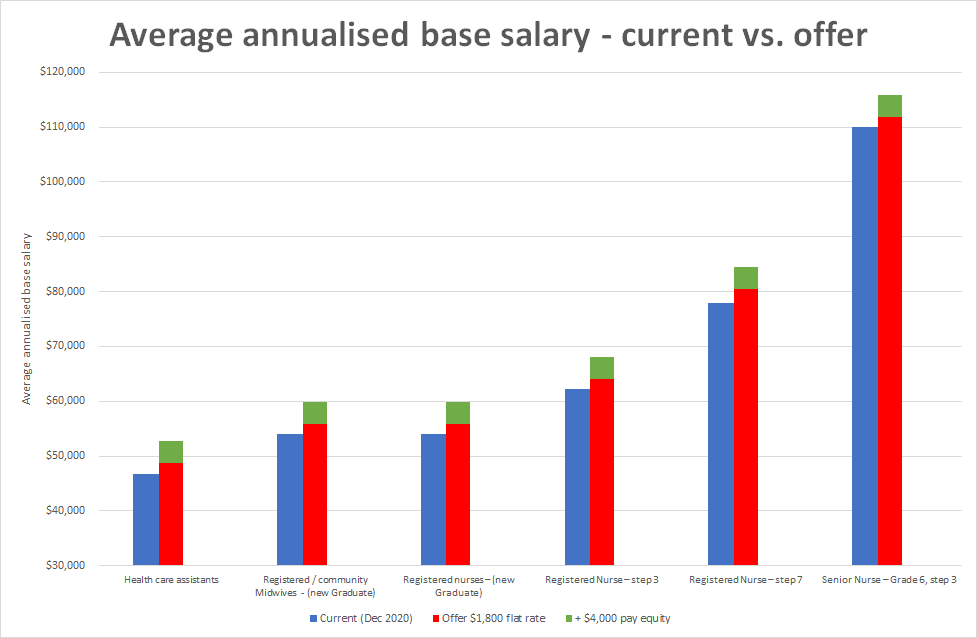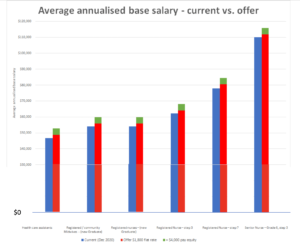Viral load
You might have seen, on social media (or asocial or antisocial media) claims that the Delta variant of Covid can be spread by vaccinated people just as easily as unvaccinated people. It’s not true, but if you strip out the two big reasons it’s not true, what’s left is still worrying. Here’s two relatively careful stories: WaPo, NYTimes.
We know that vaccination dramatically reduces the chance that you’ll spread Covid to someone else by dramatically reducing the chance you’ll be infected if you’re exposed. Vaccination of people you come into contact with also reduces the chance you’ll be exposed, because they are less likely to be infected.
If vaccination reduces your chance of infection with Delta by 80%, it’s going to reduce your chance of transmitting Delta by around 80%. Reducing the uncertainty on that number is important in public health planning: the chance of transmitting Delta affects how much community protection we get from a given vaccination rate, and so affects what other precautions (MIQ, lockdown, masks, etc) need to be taken to get to an acceptable level of risk. For example, the modelling of community protection by researchers at Te Punaha Matatini had a baseline assumption that ‘breakthrough’ infections were half as likely to transmit the disease as infections in unvaccinated people (though they also used a lower estimate of vaccine effectiveness in preventing infection than I think we’d use now, so it cancels out to some extent).
Estimating ‘secondary transmission’ is hard. Ideally, you’d trace all the contacts of each infected person and determine how many people they actually transmitted the virus to. In practice, that won’t work. In countries like Australia and New Zealand we don’t have enough free-range infections (or vaccination) to get reliable quantitative estimates information. Somewhere like the US or Britain, where you can get a sample of hundreds of cases, you can’t easily track down who infected whom. There’s some information from comparing high and low vaccination regions in a country such as Israel, and from cluster-randomised trials that vaccinate whole communities at once, but not enough.
Logically, breakthrough infections might be about the same as unvaccinated infections (an infection is an infection), or less transmissible (your immune system reduces the viral load) or even more transmissible (only the people who are especially susceptible get infected). Reason unaided won’t get us any further; we need data.
One approach is to estimate the transmission from the amount of virus people are shedding. This roughly works — viral load explains the extra transmissibility of Delta. If we find that ‘breakthrough’ infections shed a lot less virus, they’re probably less transmissible; if they shed about the same, they’re probably about the same. According to the CDC, they’re about the same. This doesn’t mean the vaccine has no effect on viral load — it could easily be that the people who get breakthrough infections would have had higher than average viral load without the vaccine, and the vaccine has reduced it to only average. It doesn’t mean that vaccination isn’t preventing infections — vaccination absolutely is. It does mean the relationship between number of cases walking around in the population and risk of new infections is about the same. Knowing this will allow better estimates of population risk and better choices of precautions.

